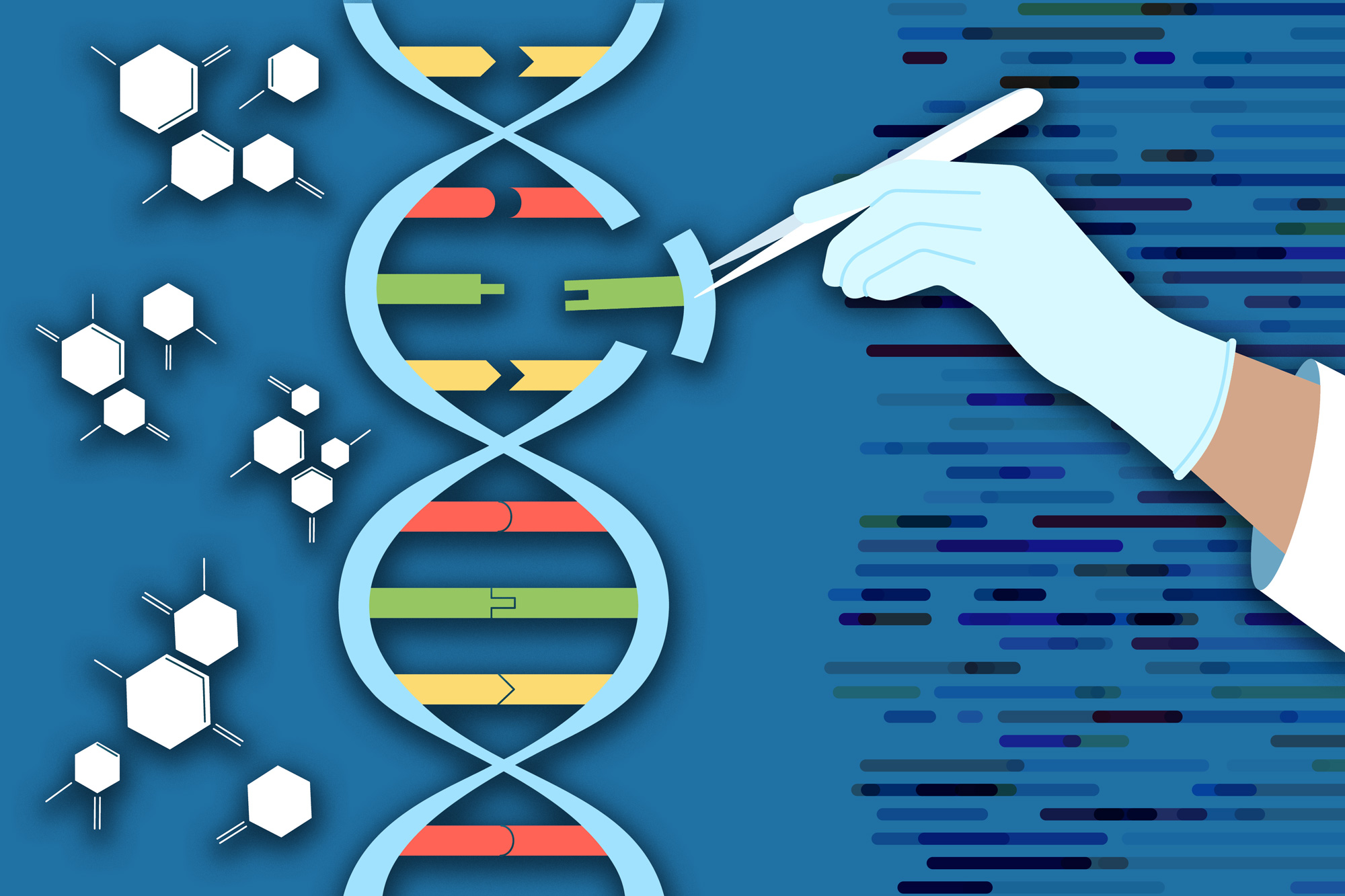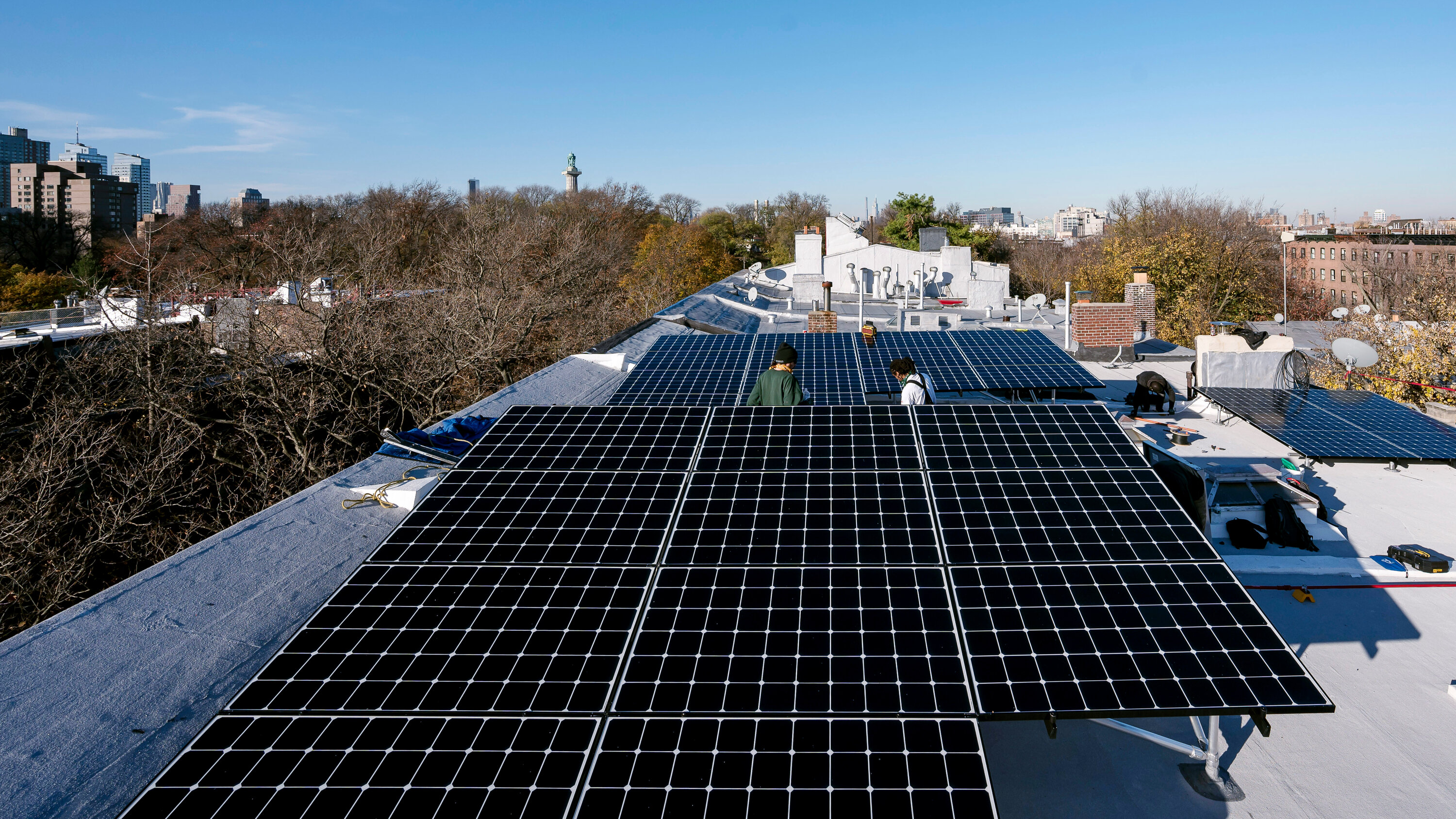Powerful CRISPR: Precise Whole Gene Insertion Into Human DNA

Table of Contents
Understanding CRISPR-Cas9 for Whole Gene Insertion
CRISPR-Cas9, a revolutionary gene editing technology, harnesses the power of a bacterial defense mechanism to precisely target and modify DNA sequences. The system comprises two key components: the Cas9 enzyme, a molecular scissor that cuts DNA, and a guide RNA (gRNA), which directs Cas9 to the specific target site in the genome. This remarkable precision is a major leap forward compared to previous gene editing methods. Unlike older techniques which often caused random insertions or deletions, CRISPR allows for targeted gene targeting, making it ideal for precise gene editing applications, including whole gene insertion. The difference lies in its targeted approach; it doesn't randomly integrate into the genome, minimizing off-target effects.
The process of CRISPR-mediated whole gene insertion involves several crucial steps:
- gRNA design and synthesis: A gRNA molecule is designed to be complementary to the target DNA sequence where the new gene will be inserted. This requires careful bioinformatic analysis to ensure specificity and avoid off-target effects.
- Cas9 protein complex formation: The designed gRNA is then complexed with the Cas9 enzyme. This complex acts as a guided molecular scissor.
- DNA cleavage at the target site: The CRISPR-Cas9 complex binds to the target DNA sequence and cleaves both strands of the DNA double helix, creating a double-stranded break (DSB).
- Homology-directed repair (HDR) mechanism for whole gene insertion: The cell's natural DNA repair mechanisms are then activated. Crucially, a DNA template containing the desired gene is provided. This template is used to precisely repair the DSB via homology-directed repair (HDR), inserting the entire gene into the genome. This is a critical step, differentiating whole gene insertion from simpler gene editing techniques.
- Successful integration verification: After the insertion, techniques like PCR and sequencing are used to verify the successful integration of the entire gene into the target location.
Challenges and Limitations of Whole Gene Insertion
While CRISPR-Cas9 offers unparalleled potential, achieving high efficiency in whole gene insertion remains a significant challenge. Several hurdles must be overcome:
- Large DNA insert size limitations: Inserting large genes can be challenging due to the limitations of the HDR pathway and the efficiency of gene delivery systems.
- Delivery method complexities (viral vs. non-viral): Effectively delivering the CRISPR-Cas9 complex and the donor DNA template to the target cells is crucial, and the choice between viral and non-viral delivery systems presents various advantages and limitations in terms of efficiency, safety, and immunogenicity.
- Immune response issues: The Cas9 protein can trigger an immune response in some individuals, potentially reducing the efficiency of gene editing or causing adverse effects.
- Off-target effects: Despite its precision, CRISPR-Cas9 can sometimes cut DNA at unintended locations, leading to off-target mutations. Minimizing these off-target effects is crucial for the safety and efficacy of this technology. Careful gRNA design and the use of high-fidelity Cas9 variants are crucial strategies to mitigate this.
- Ethical considerations: As with any powerful technology, the ethical implications of gene editing must be carefully considered. This includes issues of germline editing, equitable access, and potential unforeseen long-term consequences.
Advancements and Innovations in CRISPR-mediated Whole Gene Insertion
Significant progress has been made in recent years to overcome the limitations of CRISPR-mediated whole gene insertion. Several innovative techniques are improving the precision and efficiency of this technology:
- Improved gRNA design algorithms: Advanced algorithms and computational tools are helping to design gRNAs with higher specificity and reduced off-target effects.
- Development of novel Cas9 variants with enhanced specificity: Researchers have engineered modified Cas9 enzymes with improved target specificity and reduced off-target activity. This includes high-fidelity Cas9 variants that are less prone to cutting at unintended sites.
- Use of different HDR pathways: Exploring and optimizing different HDR pathways offers the potential to improve the efficiency of whole gene insertion.
- Advanced gene delivery systems (e.g., nanoparticles): The development of novel delivery systems, such as lipid nanoparticles and adeno-associated viruses (AAVs), is enabling more efficient and targeted delivery of the CRISPR-Cas9 complex and the donor DNA template. Base editing and prime editing, emerging gene editing techniques, offer alternative approaches that avoid double-stranded DNA breaks, potentially reducing off-target effects.
Applications and Therapeutic Potential of Precise Whole Gene Insertion
The ability to precisely insert entire genes holds immense therapeutic potential for treating a wide range of genetic disorders. This technology is poised to revolutionize gene therapy applications:
- Treating monogenic disorders (e.g., cystic fibrosis, sickle cell anemia): CRISPR-mediated gene insertion could correct the genetic defects responsible for these debilitating diseases.
- Correcting genetic defects in immune cells for immunotherapy: Modifying immune cells to enhance their ability to target and destroy cancer cells is a promising area of research.
- Introducing functional genes to treat genetic blindness or deafness: Gene insertion could restore lost function in sensory cells, potentially reversing or alleviating these conditions.
- Developing disease models for research and drug discovery: CRISPR technology can be used to create accurate models of genetic diseases, which are invaluable for research and drug development efforts. This allows for personalized medicine approaches, tailoring treatments based on individual genetic profiles.
Conclusion: The Future of Powerful CRISPR Gene Insertion
CRISPR-Cas9 technology has opened up unprecedented opportunities for precise whole gene insertion, offering a powerful approach to treating a wide range of genetic disorders. While challenges remain, the ongoing advancements and innovations in this field are steadily improving the efficiency, specificity, and safety of this transformative technology. The future of gene editing is bright, with CRISPR technology at the forefront. Further research and development in CRISPR-based therapies, exploring novel delivery systems, and optimizing gene editing techniques are essential to realize the full potential of precise whole gene insertion in advancing gene therapy and ultimately improving human health. Let's continue exploring the power of CRISPR technology to revolutionize the treatment of genetic diseases and unlock a healthier future.

Featured Posts
-
 The Retirement Of Tampa Bay Rays Third Baseman Evan Longoria
May 30, 2025
The Retirement Of Tampa Bay Rays Third Baseman Evan Longoria
May 30, 2025 -
 Epcots Flower And Garden Festival What To Expect
May 30, 2025
Epcots Flower And Garden Festival What To Expect
May 30, 2025 -
 Axe Ceremonia 2025 Cancelado Reclama Tu Reembolso En Ticketmaster
May 30, 2025
Axe Ceremonia 2025 Cancelado Reclama Tu Reembolso En Ticketmaster
May 30, 2025 -
 Madrid Open Update De Minaurs Early Exit And Swiateks Dominant Win
May 30, 2025
Madrid Open Update De Minaurs Early Exit And Swiateks Dominant Win
May 30, 2025 -
 Post Trump Tariffs A Look At Indias Solar Energy Exports To Southeast Asia
May 30, 2025
Post Trump Tariffs A Look At Indias Solar Energy Exports To Southeast Asia
May 30, 2025
Latest Posts
-
 Sage Hill Volleyball Cif Ss Finals Bound Following Victory Over Crean Lutheran
May 31, 2025
Sage Hill Volleyball Cif Ss Finals Bound Following Victory Over Crean Lutheran
May 31, 2025 -
 Beatles Biopic Cast Announced Whos Playing Who
May 31, 2025
Beatles Biopic Cast Announced Whos Playing Who
May 31, 2025 -
 The Beatles Cast Revealed A Look At The Actors
May 31, 2025
The Beatles Cast Revealed A Look At The Actors
May 31, 2025 -
 Star Trek Strange New Worlds Season 3 Teaser A Deeper Dive Into The New Season
May 31, 2025
Star Trek Strange New Worlds Season 3 Teaser A Deeper Dive Into The New Season
May 31, 2025 -
 First Look Star Trek Strange New Worlds Season 3 Teaser Trailer Analysis
May 31, 2025
First Look Star Trek Strange New Worlds Season 3 Teaser Trailer Analysis
May 31, 2025
